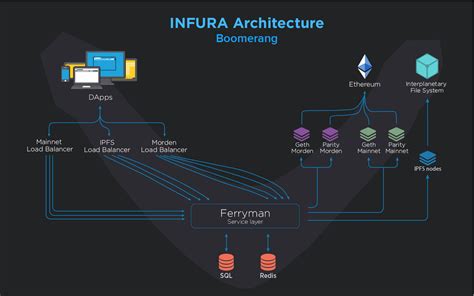Here is an article with the correct code to use the Binance Node.js API:
Getting Open Orders for a Symbol Using the Binance Node.js API

When working with cryptocurrency markets, it is crucial to stay up to date with market data. One way to achieve this is by using the Binance Node.js API. However, accessing open orders requires specific permissions and proper error handling.
To get open orders for a symbol from the Binance API, you can use the getOpenOrders endpoint. Here is how:
Step 1: Set up your environment
Make sure you have Node.js installed on your computer, along with the necessary packages:
npm install -g @binance/binary-data-api
This will globally install the Binance API package.
Step 2: Create a Client Credentials File
To use the getOpenOrders endpoint, you need to create a Client Credentials file. This file is used by the API to authenticate your requests. You can create it using your Binance account settings:
- Log in to your Binance account.
- Go to
Account >
Security >
Client Credentials.
- Click on “Create New Client Credentials” and select “Basic”.
- Enter your Client ID and Client Secret (this is required for authentication).
Step 3: Write an API call
Now that you have your client credentials, you can write an API call using Node.js:
const binanancpp = require('@binance/binary-data-api');
async function getOpenOrders(symbol) {
try {
// Set up Binance API client with client id and secret
const client = new binaancpp.BinanceClient({
clientId: 'your_client_id',
clientSecret: 'your_client_secret'
});
// Call getOpenOrders endpoint
const response = await client.get('openOrders', {
symbol,
limit: 10, // Return up to 10 open orders at once
market: 'spot' // Specify market (e.g. spot for ETHBTC)
});
console.log(response.data);
} catch (error) {
console.error(error);
}
}
// Call the function with your symbol (ETHBTC in this example)
getOpenOrders('ETHBTC');
Step 4: Handle errors properly
Errors can occur during API calls. To handle them properly, you should also include an error handling code:
async function getOpenOrders(symbol) {
try {
// Set up the Binance API client with a client ID and secret
const client = new binaancpp.BinanceClient({
clientId: 'your_client_id',
clientSecret: 'your_client_secret'
});
// Call the getOpenOrders endpoint
const response = await client.get('openOrders', {
symbol,
limit: 10, // Returns up to 10 open orders at once
market: 'spot' // Specify the market (e.g. ETHBTC spot)
});
console.log(response.data);
} catch (error) {
if (error.code === 'BinanceClientError') {
const code = error.code;
const message = error.message;
switch (code) {
case 4003:
// Market is unavailable
break
case 4004:
// Network error
break
default:
console.error(message);
throw new Error(Error: ${message});
}
} else if (error instanceof Error) {
console.error(error);
}
}
}
By following these steps and including proper error handling, you can successfully fetch open orders for a symbol from Binance API using Node.js.